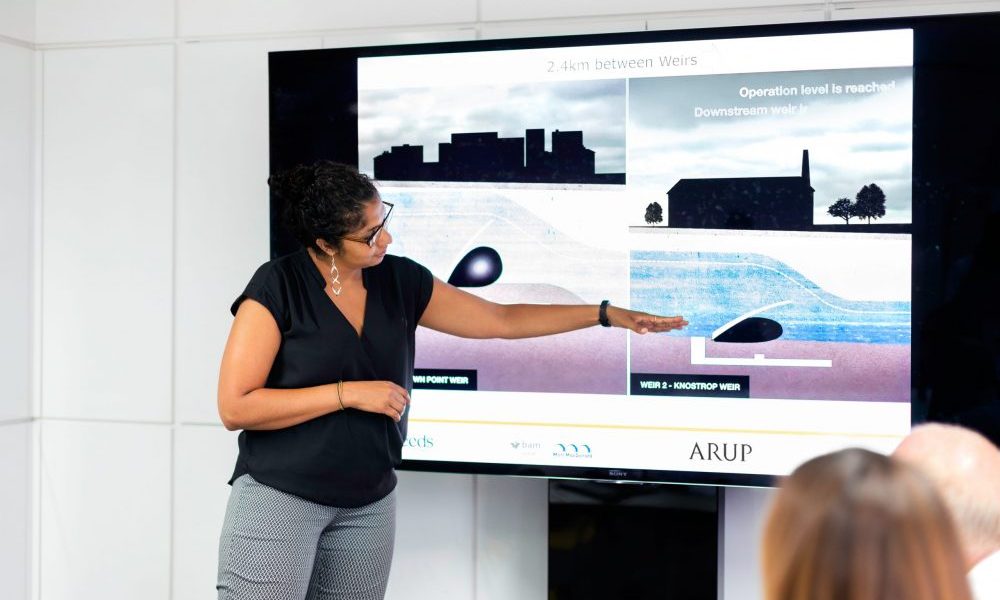
In traditional Singaporean classrooms, a teacher, a chalkboard, and eager students were the common scene. But with the evolution of technology, the contemporary classroom paints a different picture. Central to this transformation is the rise of the interactive screen. These advanced devices, often referred to as “interactive whiteboards,” have revolutionized the way teachers impart knowledge and students absorb it.
Long before interactive screens became ubiquitous in Singapore, technology began making inroads into our classrooms. From the chalky dust of blackboards, we transitioned to the sleek whiteboards and markers. As technology progressed, overhead projectors came into the limelight, projecting static images or text. However, it was the advent of interactive whiteboards that truly changed the game, offering dynamic, real-time, multi-touch capabilities.

Multi-touch Capabilities: Much like modern smartphones, interactive whiteboards detect multiple touch points simultaneously. This feature allows multiple students to use the board at the same time.
Annotation and Drawing Tools: Teachers can annotate over existing content, be it text, images, or videos, facilitating clearer explanations.
Real-time Collaboration and Sharing: With cloud integration, students and teachers can share content in real-time, fostering collaborative learning.
Integration with Educational Platforms: Many Singaporean schools now integrate their interactive screens with learning management systems, streamlining lessons and resources in one platform.
Singapore, with its forward-looking education policies, has been quick to recognize and harness the advantages of interactive screens:
Engagement and Motivation: The interactive nature of these screens captures students’ attention more effectively than traditional methods, making learning an engaging process.
Flexibility: Catering to diverse learning styles becomes easier. Whether a student is a visual learner or an auditory one, interactive whiteboards offer a variety of teaching methods.
Collaboration: Group activities, brainstorming sessions, and class discussions become more dynamic, promoting teamwork and communication.
Access to Resources: Singapore’s robust internet infrastructure pairs perfectly with interactive screens, granting instant access to a world of online resources.
Assessment and Feedback: Teachers can conduct quizzes or polls and provide immediate feedback, ensuring that learning outcomes are met efficiently.
Several schools in Singapore have seamlessly integrated interactive screens into their curriculum. For instance, XYZ Primary School reported a 20% increase in student engagement after transitioning to interactive whiteboards. Another notable mention is ABC Secondary School, where teachers observed enhanced collaboration and critical thinking skills among students post-implementation.

Initial Investment: Acquiring state-of-the-art interactive screens can be expensive, making it crucial for institutions to ensure they get a return on their investment.
Training: Educators need to be trained to maximize the potential of these tools, and this learning curve can sometimes be steep.
Technical Glitches: Like all tech tools, interactive screens can sometimes malfunction, causing disruptions.
Balancing Act: There’s a thin line between leveraging technology and over-relying on it. Traditional teaching methods still hold value and shouldn’t be entirely replaced.
Interactive screens in Singaporean classrooms are just the beginning. The integration of Augmented Reality (AR) and Virtual Reality (VR) promises even more immersive learning experiences. Furthermore, predictive analytics might soon customize educational content, catering to individual student needs.
Interactive screens or whiteboards, have undeniably reshaped the education landscape in Singapore. By harmonizing these advancements with traditional methods, we’re on the path to creating a holistic, enriching, and future-ready learning experience for our students.
We offer a versatile and customizable visual experience, empowering businesses to enhance their brand presence and captivate their audience.

